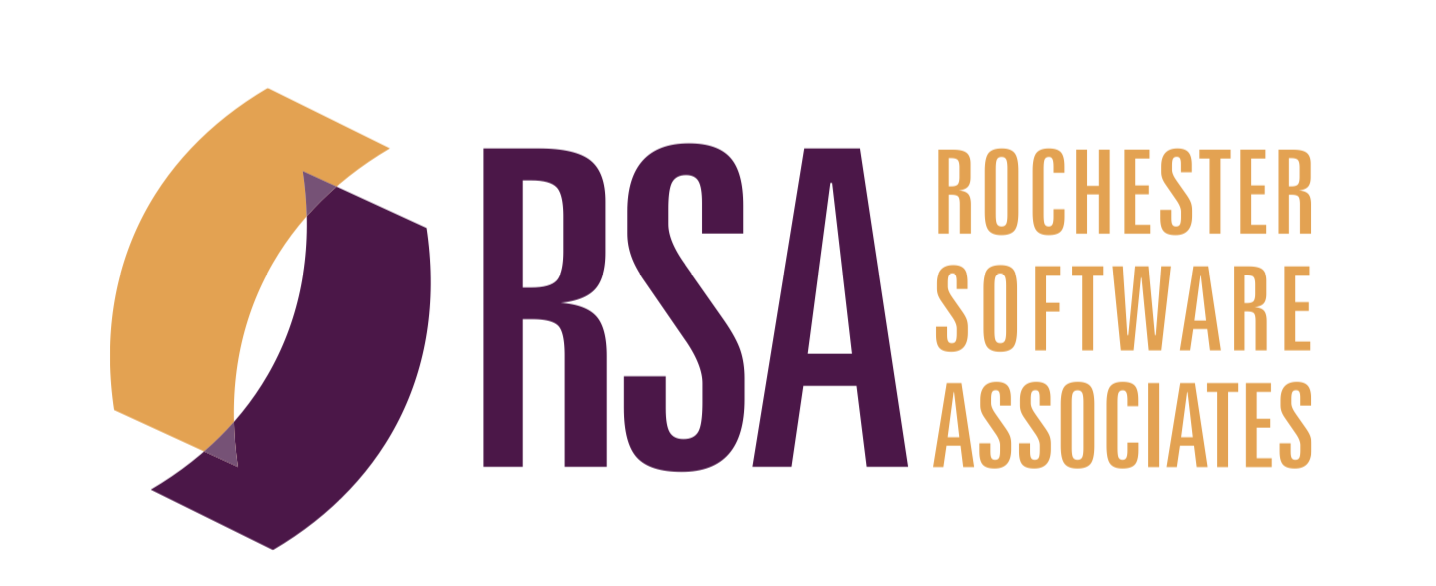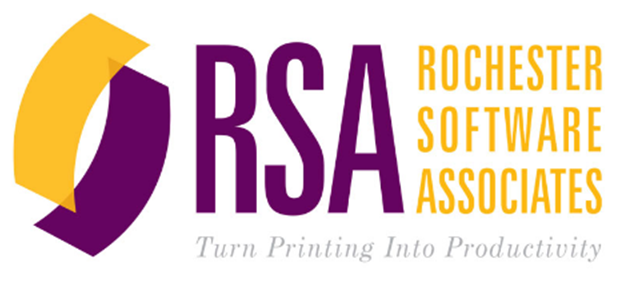By Howie Fenton for RSA – For most people, the 2011 movie Moneyball was a David and Goliath story about how Oakland Athletics manager Billy Bean used some voodoo math and economics to fight the team’s way into the World Series to battle against the Goliath New York Yankees. But it was also a wakeup call that motivated some people to reconsider what we measure, how we measure it and how we use measurements is changing for all industries.
 In the movie Moneyball there is an attempt to move from a well-accepted traditional metric known as the “batting average” to a different metric which was “getting on base”. This new metric was considered wild because everyone assumed that batting average was more indicative of a baseball team’s success then the metric getting on base. As shown in the movie, it is not.
In the movie Moneyball there is an attempt to move from a well-accepted traditional metric known as the “batting average” to a different metric which was “getting on base”. This new metric was considered wild because everyone assumed that batting average was more indicative of a baseball team’s success then the metric getting on base. As shown in the movie, it is not.
At a higher level this means that the batting average metric was less predictive of success. The most common metric used in printing companies is pages printed. It is assumed that the more you print or mail the more successful the company. Like batting average, this is not the best metric because there are frequent stories about how big, busy companies are closing their doors.
In-Plant Print Center VS. Commercial Printer Metrics
If you try to apply the lessons from Moneyball you might ask, “What metrics are we using that are not as predictive of success as other metrics?” Commercial printers and in-plants often use different metrics to evaluate their performance. In my experience commercial printers tend to focus on profitability and sales growth to measure top-line growth and cost of goods sold (COGS) to control the bottom line. In contrast, in-plants tend to focus more on page growth for top line and use year to date sales vs. budget and overtime to focus on the bottom line.
Click here to read the rest!
SOURCE Rochester Software Associates


